OPINION
"Lojas com História" in Lisbon
— what is it, what are they
Communication designer, writer for the blog
www.biomorphism.wordpress.com
In the loud Largo do Calhariz in Lisbon, surrounded by the frantic movement of locals and tourists, there is a discreet century-old shop that in the beginning of this year was the subject of a discussion that has become more present in the life of lisboners: after 144 years of business, Tabacaria Martins announced its eminent closure. As in so many similar cases, the building that houses this establishment, the Palácio Sandomil, was about to be the object of deep renovations to be transformed into a complex of luxury apartments, which did not contemplate the inclusion of the shop. The news raised reactions of concern and indignation from clients, friends and neighbours. Tabacaria Martins is not a sumptuous shop, nor is it an obvious destination for tourists. Yet, for many people, it is “their” tobacco shop, where old routines are carried out, from buying tobacco to playing the lottery, or where a younger generation comes to buy tickets for shows at Galeria Zé dos Bois, its Bairro Alto neighbour. This feeling of familiar proximity led a movement that began in social media to create a presence at shop’s door, where a group of citizens gathered to protest its closing.
Among the most vocal arguments was the fact that this establishment had been distinguished by the Municipality in 2016 as a Loja com História (Shop with History). How could a shop that is valuable and recognized by the city’s citizens and the Municipality suddenly close its doors, without any opposition, especially when it was working perfectly? The truth is that Tabacaria Martins did not close. A successful dialogue between the owner of the shop and the new owner of the building, who allegedly was not aware of the importance of that establishment, resulted in an understanding that gave Tabacaria Martins a brighter future than the one that fell upon shops such as the Restaurante Palmeira, Mercearia Casa Alves or the fabric shop Tavares Panos, to name only three of the many that closed in 2016, due to identical circumstances. This situation demonstrated that there are a significant number of citizens concerned with the state of Lisbon’s traditional commerce, and who, in the face of the consecutive closing of emblematic shops, demand an effective response from their representatives, viewing the Lojas com História (Shops with History) programme as an essential tool in that process. This materializes in a clear vindication: Lojas com História must be supported in practice, and not only in discourse.
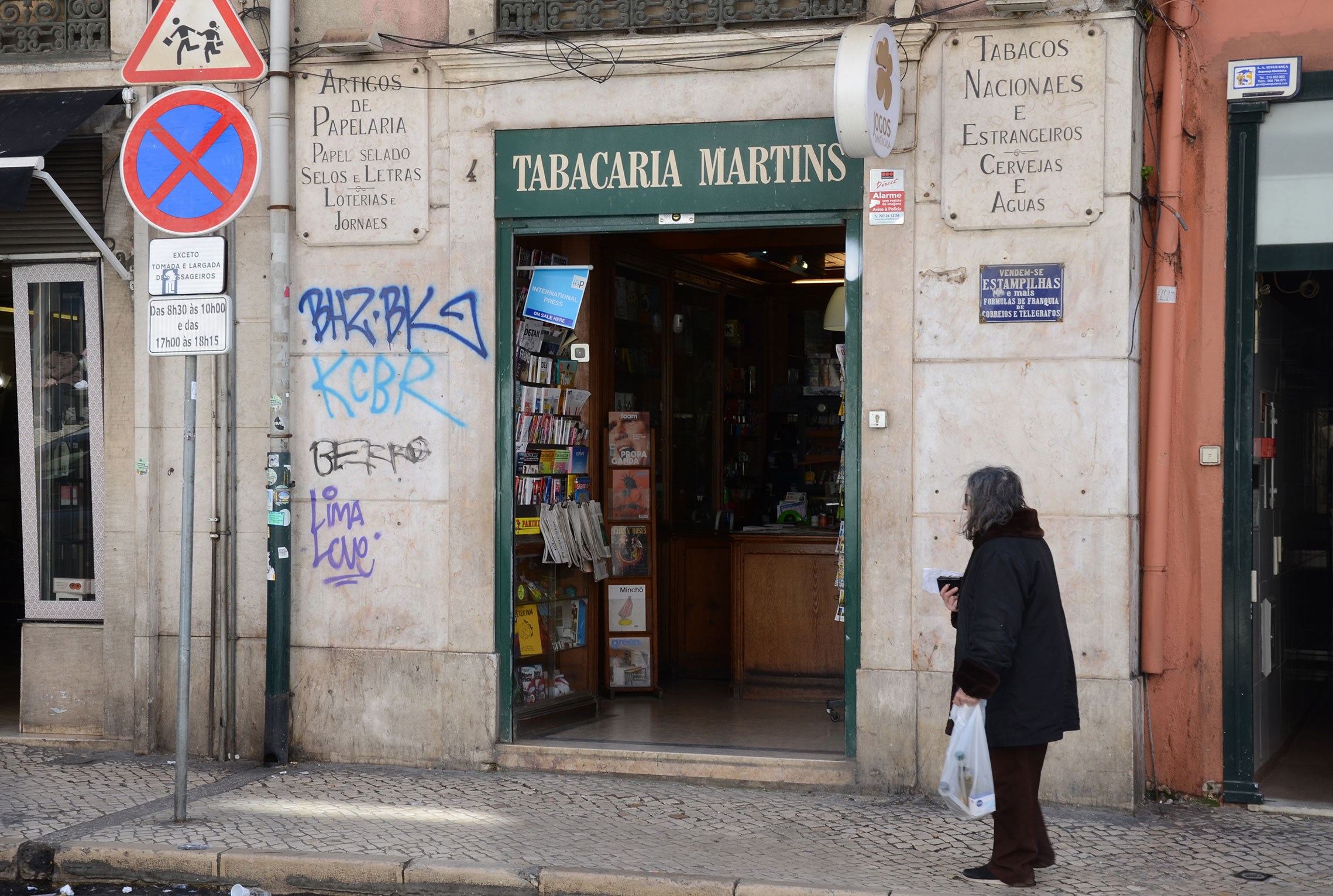
Created in 2015 by the Lisbon Municipality, the Lojas com História programme is a joint effort from three different political offices – Economy, Culture and Urbanism – to safeguard and revitalise the commercial heritage of the city, which now faces adversities such as the disproportional increase in rents, difficult relationships with landlords or elevated maintenance costs. The project’s team includes, apart from technicians and specialists from the Municipality, members of the Faculdade de Belas-Artes de Lisboa, which has been involved with various aspects of the project since its beginning. Additionally, an Advisory Board brings together representatives from associative, entrepreneurial, cultural, academic and social responsibility sectors, who are invited to deliberate on the work accomplished by the team.
The first phase of the project focused on identifying an array of potential shops, resulting in a list of 100 establishments to be visited in a selection process during the first semester of 2016. These visits aimed to determine the fulfilment of a series of criteria necessary to obtain the distinction of a Shop with History. The criteria of the programme 1 are divided in three groups that reflect the factors that are valued in an establishment and that, ultimately, define it as “historical”: Activity; Material Heritage: Cultural and Historical Heritage. Apart from checking more than 50% of the requirements, a shop must also meet at least one requirement in each of the three groups to be distinguished. The emphasis on the importance of these three foundations aims to consolidate the idea that a Shop with History is not only an old or visually stunning space, but an establishment with a combination of different material and immaterial elements, with a special focus on commercial activity, from the crafts they represent to their social role and contribution to the city.
Up until now, from the 100 shops that have been visited, 82 were awarded with and accepted the distinction from the Municipality. Among this group there are a great variety of different commercial areas, services and crafts, types of spaces and target audiences. Geographically, the larger concentration of shops is located in the downtown area, but there are various other establishments that can be visited throughout the entire city. These shops will soon be able to apply to a 250-thousand-euro fund, approved this year by the Municipal Assembly, which aims to fund initiatives for the recovery and safeguarding of heritage sites, as well as provide incentives for cultural and professional training projects, among other initiatives that contribute towards the increase of stimulus or the reactivation of the activity of the establishments. Another application process for shops to acquire this distinction will soon open, this time available to any citizen, as long as they have the permission of the owner. In addition, the programme includes the production of communication and dissemination materials, including a website with information about the distinguished shops, accomplishing another objective of the programme: revealing the shops and their main attributes to the public.
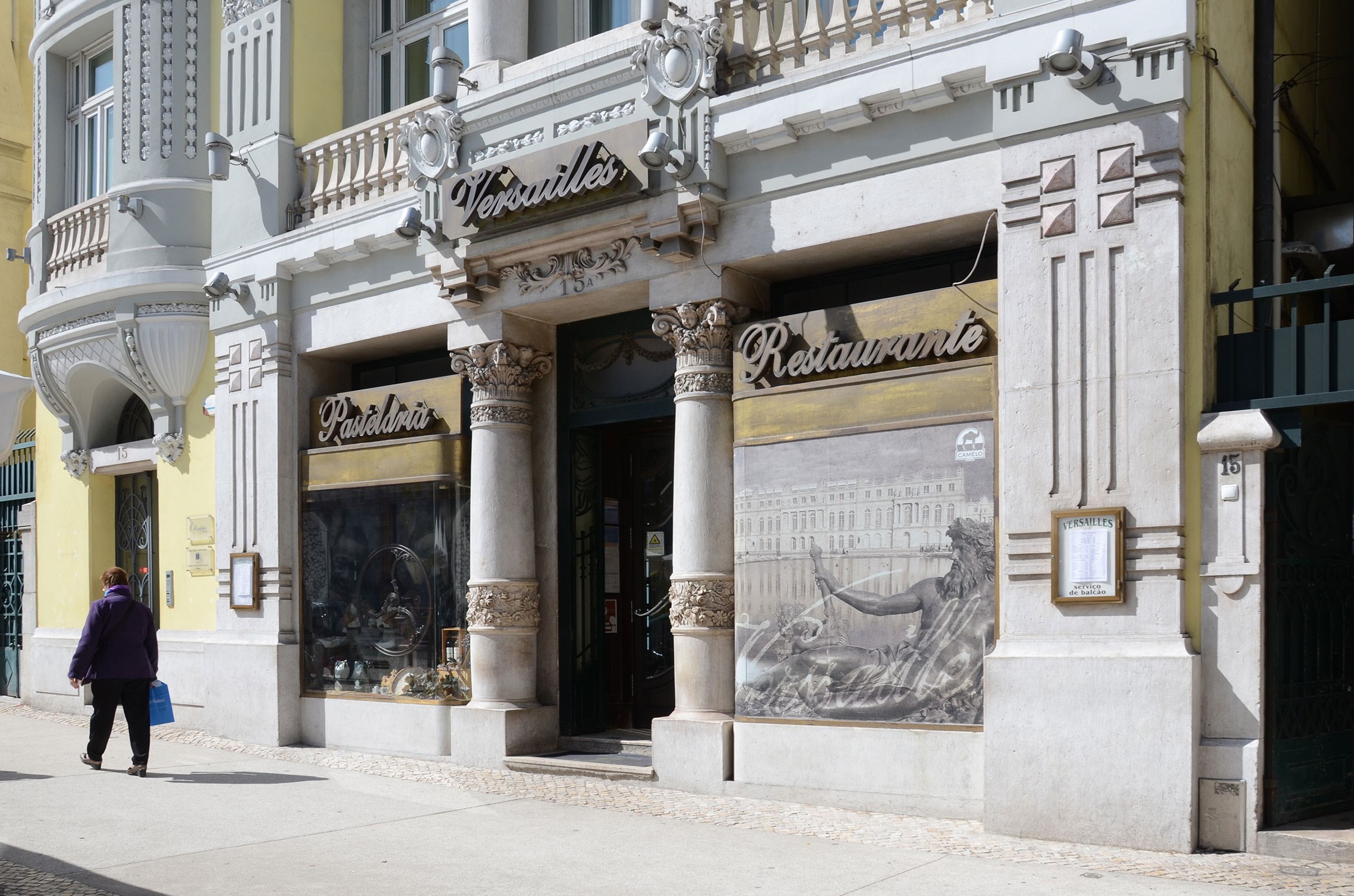
Faced with the urgent challenges presented by a social and economic context where it is increasingly difficult for small commerce to survive, a preservation programme such as this one needs to find new ways of understanding the commercial heritage of the city. Other tools focus mainly on buildings, and have revealed to be insufficient. In fact, Lisbon has a plethora of shops with an architectural value that should not be overlooked. Let us take as examples the notable projects by the architect Norte Junior in shops such as A Brasileira, the Café Nicola or the Pastelaria Versailles, which are now emblems of a postcard-city. Furthermore, there is also what we can perceive as “designed heritage”, which is not exclusive to architecture, as it also encompasses design — graphic and product —, decoration and the service itself. In exceptional cases, the joining of these elements emerges from an original plan, a transversal project that aims to provide a unique commercial experience. An example of this is Galeto, one of the first — if not the first — snack bars in Lisbon, idealized and designed by Victor Palla and Joaquim Bento d’Almeida, having opened in 1966. Here, the bar service guides the remaining principles, from the menu to the spatiality, which are in harmony with the decoration and graphic design — as can be seen in old advertisements with the communication design of the space.
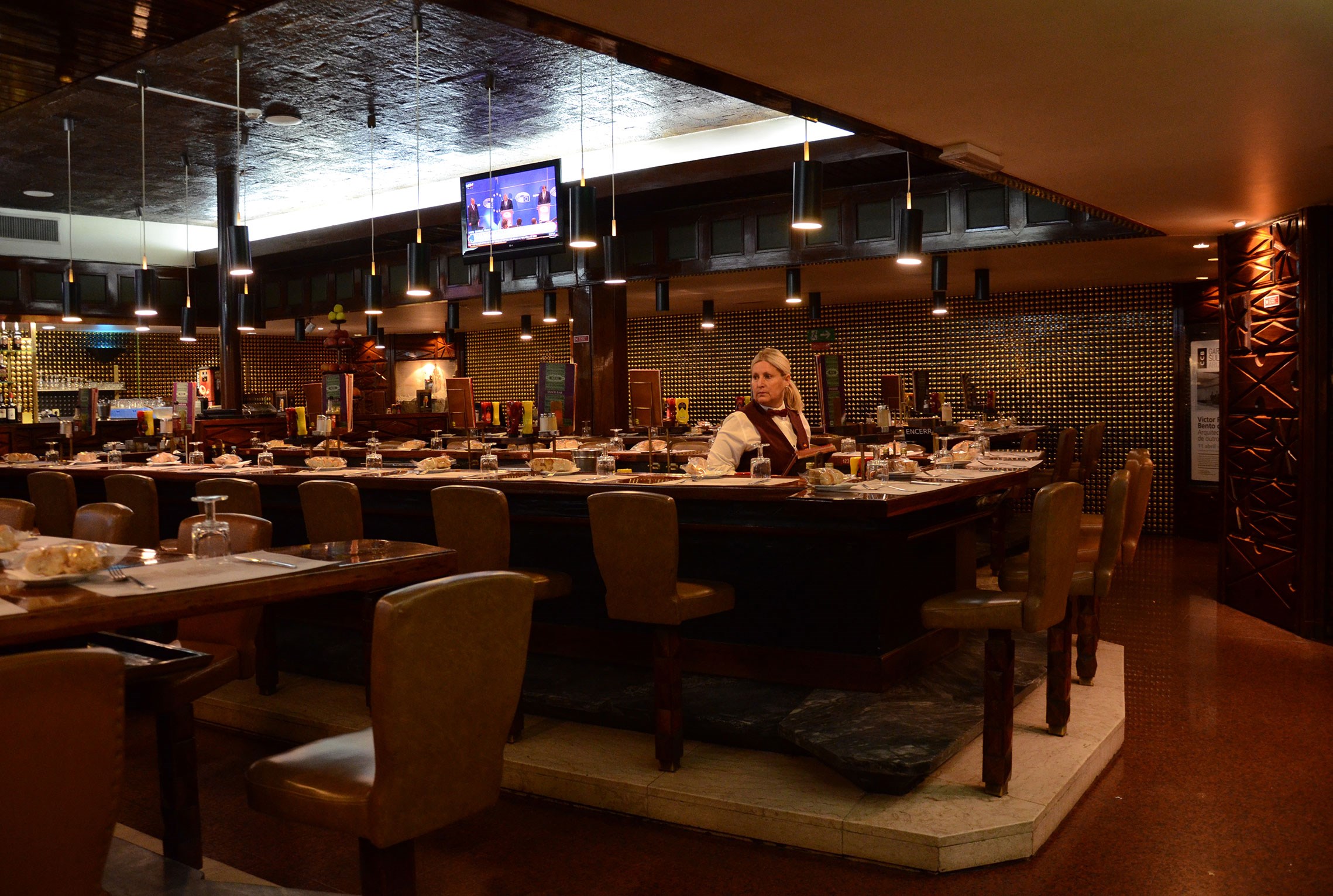
However, the main focus remains set on the eminently material heritage, which is only one of the dimensions of the importance of these shops. It is certainly not unknown that the spaces contemplated by a programme of this nature were the stage for a considerable part of the history of the city, and in certain cases, of the country. The Fernando Pessoa table at the Café Restaurante Martinho da Arcada; the Winchester that fired the bullet that killed King D. Carlos, bought at the Espingardaria Central A. Montez; the meetings of the famous “Grupo do Leão” at the Leão d’Ouro restaurant; the (political and romantic) conspiracies devised in the booths of the Faz Frio and Estrela da Sé restaurants. Lojas com História are the repositories of these and countless other less-known chronicles — many of them perpetuated from generation to generation, the veracity of which is difficult to ascertain — erudite and popular, that contribute to Lisbon’s collective imaginary.
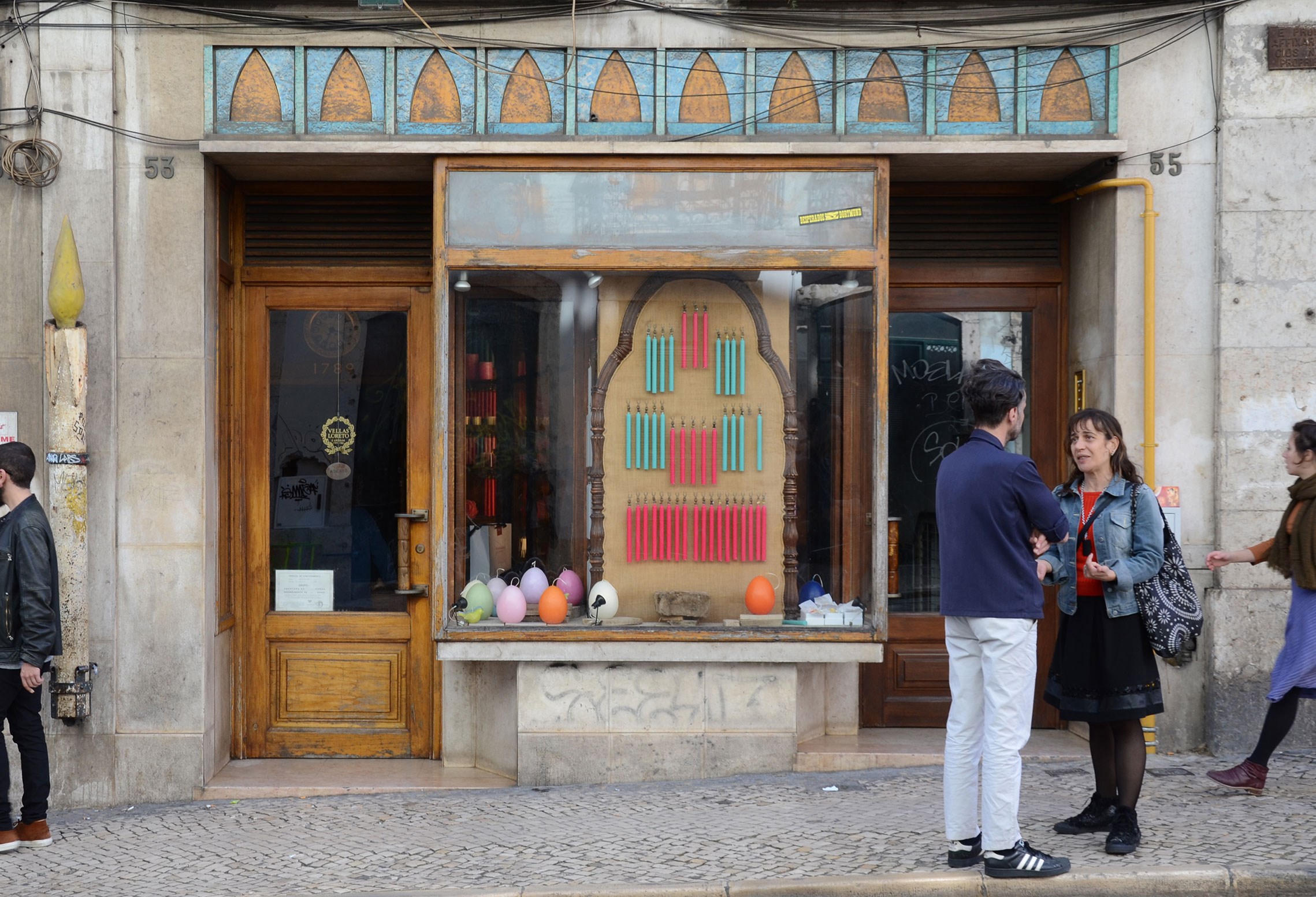
Some shops, pioneers in their area of business or in the context of the city and their time, presented new types of commerce, new trends and fashions, as well as technological and even social developments. Here we can mention the Caza das Vellas Loreto, the first in Portugal to sell coloured candles; the ginjinhas Espinheira and Sem Rival, that together began to popularize bar service, where the street is the room; Paris em Lisboa, which imported French women’s fashion since the end of the 19th Century; or even, more recently, the Casanostra restaurant, which apart from contributing to the new cosmopolitan life of Bairro Alto in the 1980’s, was one of the first to serve Italian meals made with products imported directly from Italy. Small grocery stores such as the Pérola de São Mamede or milk shops such as A Minhota are points of social cohesion in neighbourhood spaces, sustaining ancient communal rituals and interpersonal relationships.
All this leads us to finally approach the question of commercial activity, a factor that is difficult to circumscribe and preserve, and that forces us to find its associated tangible elements. This can be partly achieved by looking at the material, cultural and historical heritage, but it is not enough. It is therefore necessary to consider local production, when it exists, with all of the maintenance implications and technical and artisanal knowledge, most of which is in danger of becoming extinct. The commercial networks established between shops also needs to be observed, relationships that can go back decades. On various levels, the universe of Lojas com História reveals a city that is unknown to many, driven by the production of candles, liquors, coffee, passementerie, jewellery, etc. At the same time, these shops demonstrate a diversity of clients, — in terms of gender, social class, urban tribe, etc. —, their factories and workshops demonstrate a diversity in their composition: the elderly lady who teaches the young Brazilian how to work an industrial loom; the talented tailor and the seamstresses that together create suits and shirts; the loud radio in a workshop filled with workers, where the sheer mass of the materials and the dirt from the machinery contrasts with the delicate jewellery pieces that end up in stores.
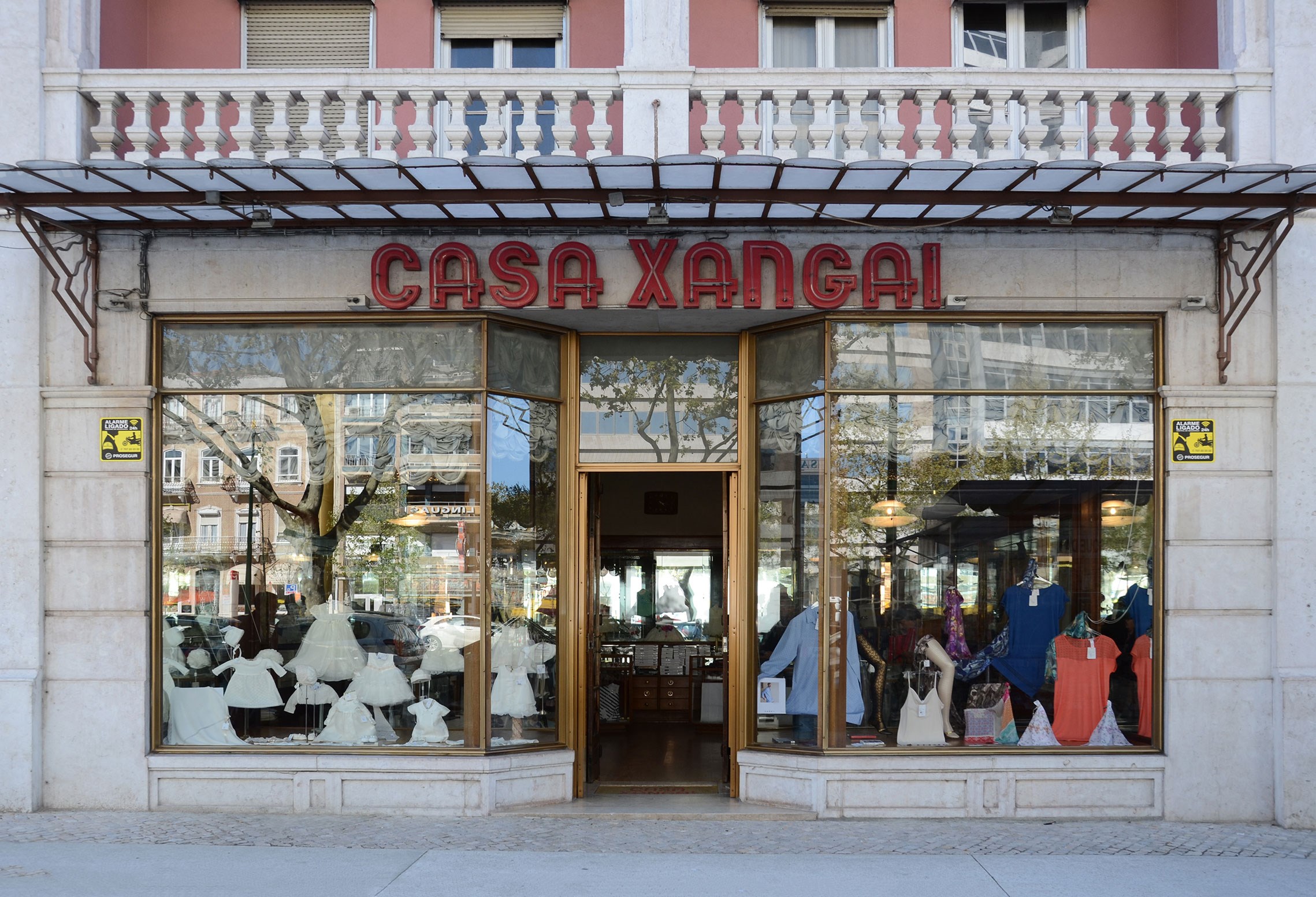
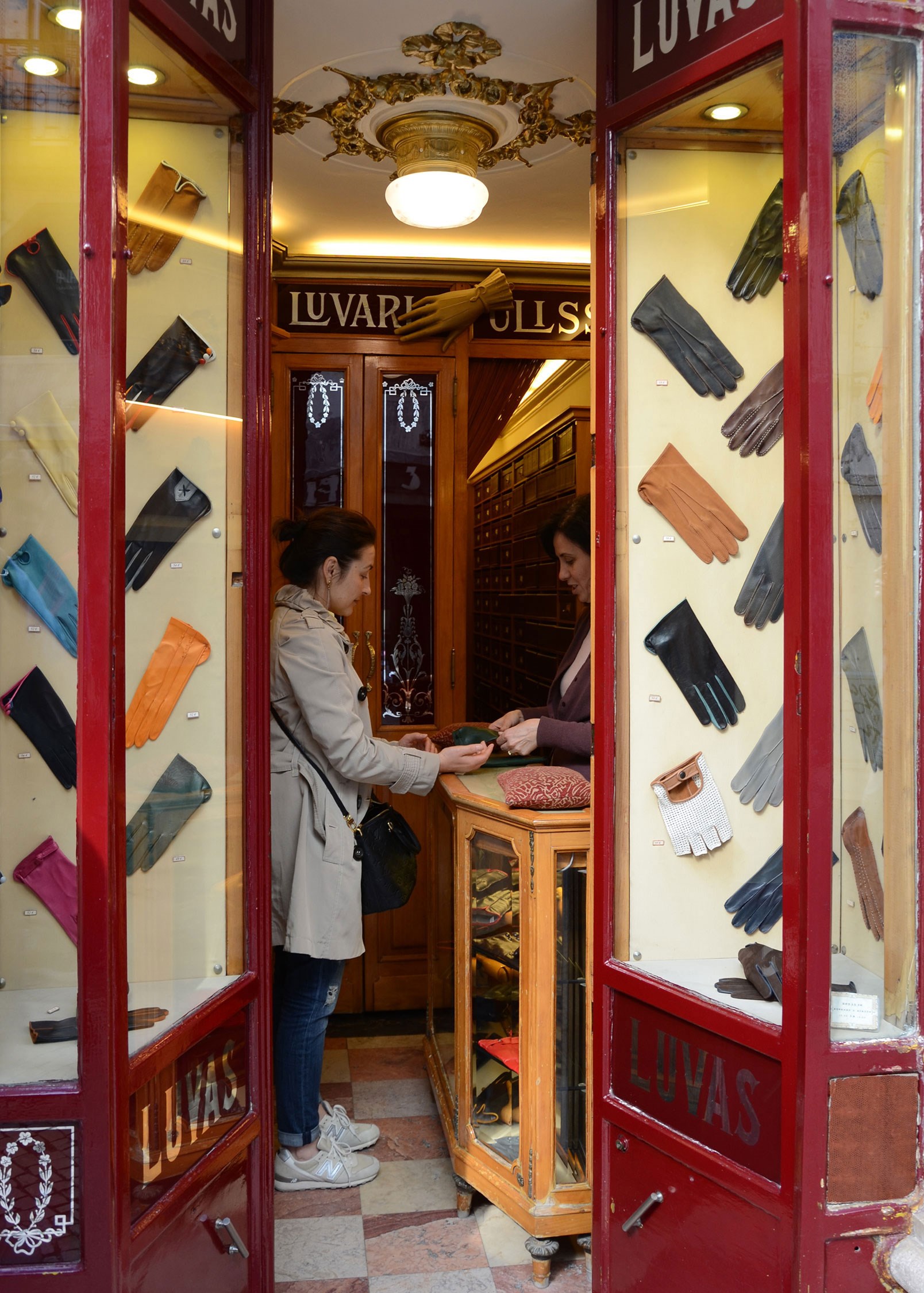
Shops are not immutable monuments, and their commercial activity is at the forefront of any initiative that does not mean to turn them into museums. The discussion of identity and authenticity is prevalent, and I believe that this is a mistake. The city of Lisbon is not more authentic for having more or less Lojas com História. If this were the case, where in time would we find this authenticity? No one can tell a lisboner that they are more or less of a lisboner because they go to large supermarkets instead of their neighbourhood grocery store. But there is still a Lisbon where the neighbourhood store, both popular and elitist, plays a relevant role in the lives of its inhabitants, and even of its visitors. This role has been abruptly put into question, a consequence of the devastating crisis, of a new touristic wave that the city was not prepared to accommodate, as well as the difficulty of the shops to keep up with this rhythm of change. As such, defending Lojas com História is not an act of monopolizing the experiences of a city. On the contrary, it should be understood as a contribution to urban plurality.
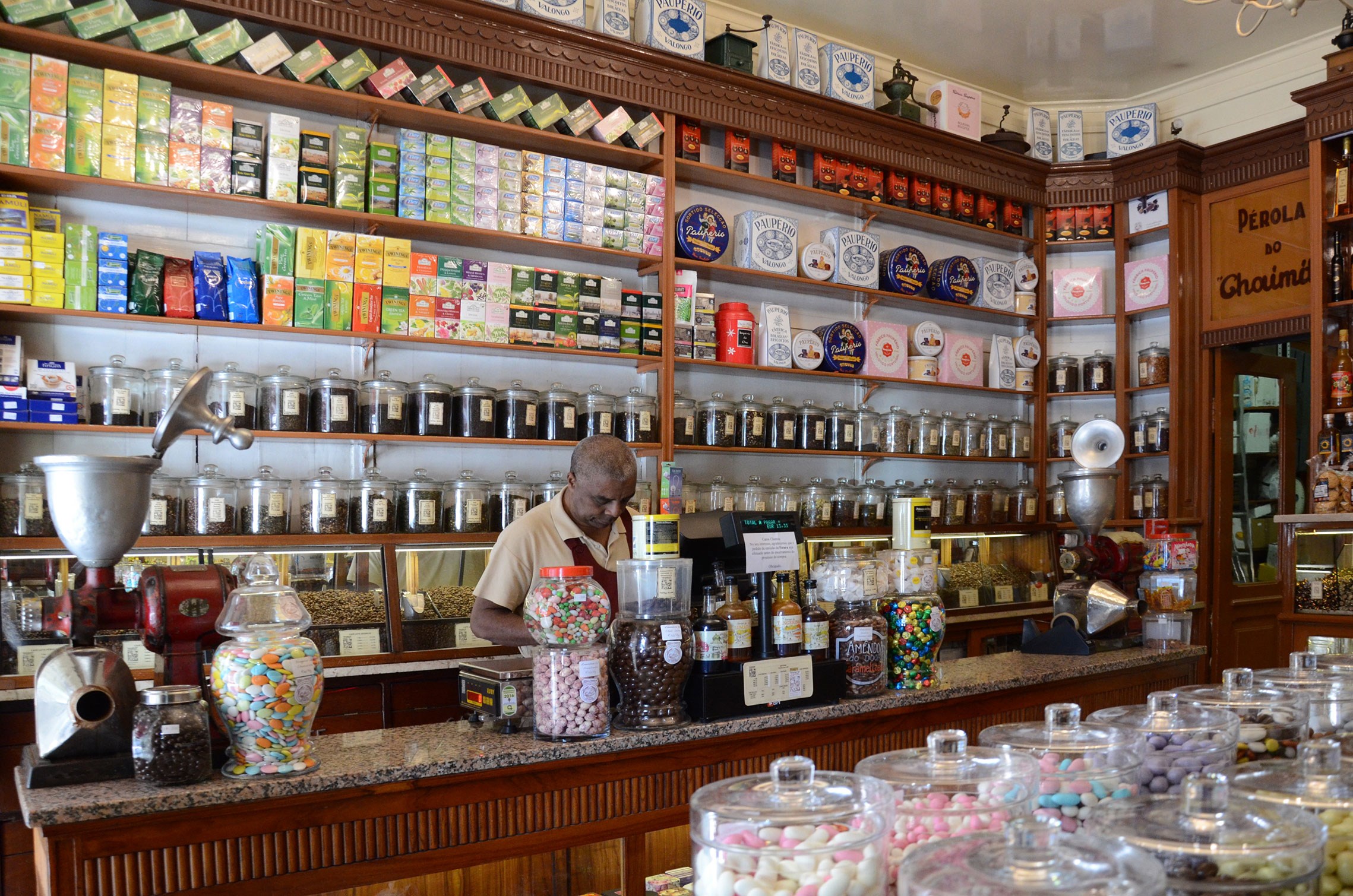
The preoccupation with this kind of heritage is never positioned in opposition to the progress and modernization of the city. Nothing is stopping traditional commerce from intermingling with contemporary types of commerce. And this is also not a case of reactionary protectionism executed at all costs. As was explained in this text, the appreciation of the commercial activity aims to privilege the contemporary pertinence and commercial viability of these businesses. Lojas com História need to be more than living museums or nostalgic spaces. They need to be shops, as they have always been. However, once the obstacles that have arisen in recent years are identified, these establishments are confronted with two options: to ignore the situation and close their doors, or, invest and try to reactivate themselves. Invest as one invests in start-ups, in urban renovations or the opening of tourist infrastructures – “as” and not “instead of”.
Lastly, a programme of this nature will always have to function as a service for citizens, as well as through a collaboration with them. As the case of the Tabacaria Martins demonstrates, public mobilization works. The Lojas com História programme is now another tool that serves that mobilization. It is inevitable that establishments dear to lisboners continue to close. There are businesses that are not viable, shopkeepers who do not want to continue, and other unpredictable situations. This is the nature of commerce. The role of Lojas com História is not to change that nature. However, it has already been determined that many of these closures could have been avoided. For these cases, measures of protection, dissemination and support have been developed — there is also a proposal in Parliament to alter renting laws —, striving to protect these public interest establishments. It is true that the relationships between citizenship and the representative power are not always “peaceful” — to a certain extent this is desirable, in the sense that it promotes a broad debate. A debate that, after all, is not only about Lojas com História, but that can lead to discussions about public space, urban mobility, gentrification processes or the cost of housing. A discussion about a city that has multiple layers, that is ready to be inhabited and visited by all, in every different way. ◊
*The author has worked at the Lojas com História programme since December 2015, as part of the team of the Faculdade de Belas-Artes da Univerisdade de Lisboa. The opinions expressed in this text are of his own exclusive individual responsibility and should not in any way be attributed to the programme, FBAUL or the Lisbon Municipality.